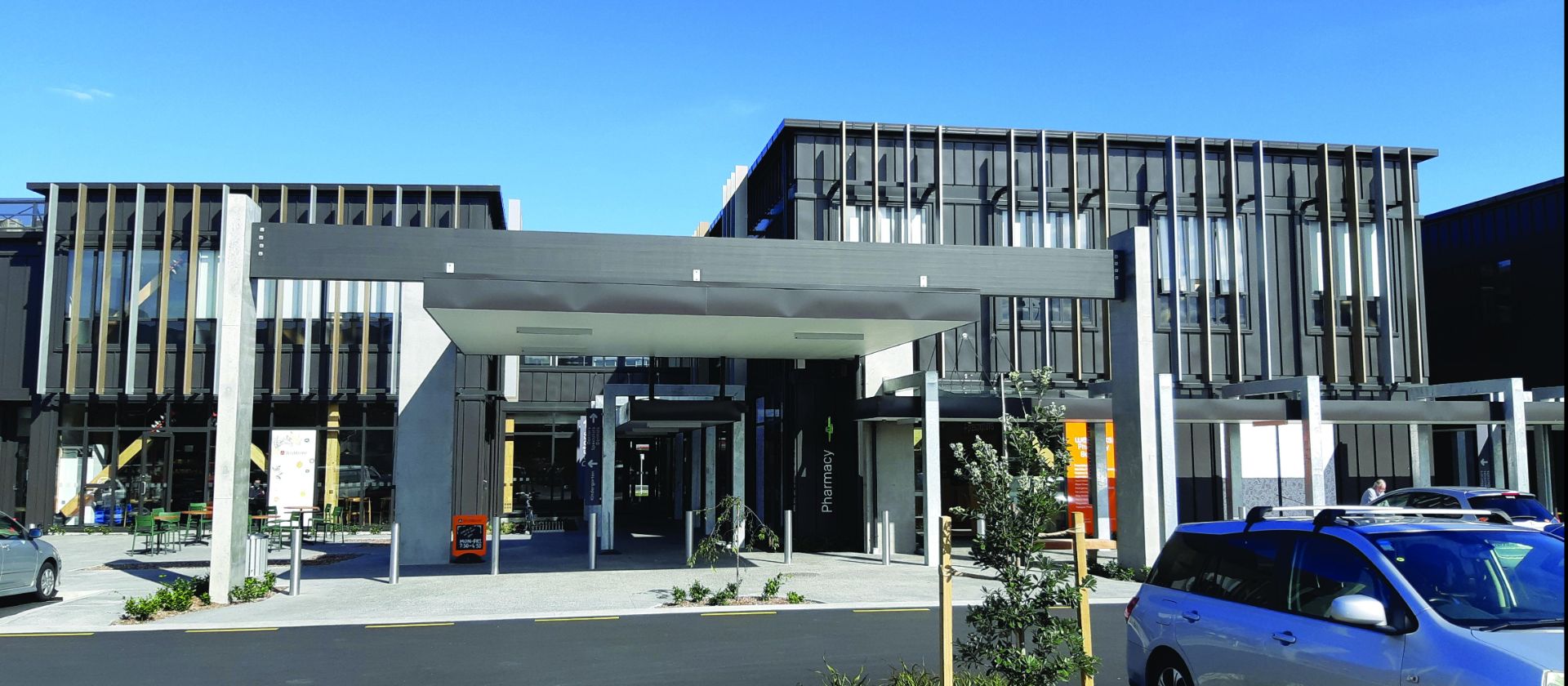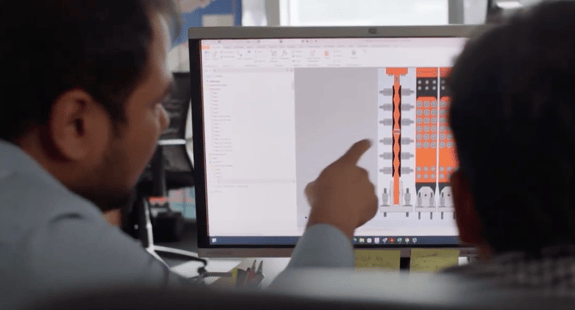
Hutt Valley Health Hub
Challenge
Impact
Outcome
Earthquake-resilient community healthcare
Hutt Valley Health Hub is a new purpose-built community healthcare facility built to a high level of seismic resilience (greater than 100% of current code).
It is co-located with Boulcott Private Hospital and Hutt Public Hospital near Wellington, New Zealand.
Current tenants include a large GP practice, pharmacy, specialist consulting suites and a DHB operated outpatient dialysis clinic.
Seismic and structural design
The seismic design procedure chosen for the lateral system of the building was a mix of the Equivalent Static Method (ESM) and Nonlinear Static Pushover Analysis (NLSPA).
The first mode dominant nature of the building and the regular layout of the lateral structural system made NLSPA the logical choice for verifying the building’s seismic performance. The building owner was particularly concerned about damage to drift sensitive components within the building, so target drift levels for the SLS1, SLS2, ULS, and MCE limit states were discussed and set early in the design process.
Preliminary sizing of the lateral system and the Tectonus devices was completed by utilizing a mix of hand calculations, linear-elastic models of the buildings, and the Equivalent Static Method. Equivalent static forces we derived for ductility of 2.0, conservatively chosen (with guidance from Tectonus) to represent realistically achievable levels of damping due to the flag-shaped hysteretic behavior of the Tectonus devices.
On completion of the preliminary design, required force-deformation data was given to Tectonus to design their devices. After finalising their design, the hysteretic data for each device was provided, meaning the devices could easily be added to the structural model of the building, allowing the creation of a non-linear structural model. Once the non-linear structural model had been developed, multiple NLSPA cases were run. Resulting pushover curves were exported and combined with Horizontal Acceleration Displacement Response Spectra (ADRS) derived from NZS 1170,5:2004 (New Zealand Standards, 2004). The resulting charts were used to verify the seismic performance of the building. ADRS curves were developed for the SLS1, SLS2, ULS, and MCE limit states, allowing simple performance checks by comparing actual and target drifts. To produce the ADRS plots and overlay the pushover curves, guidance was taken from The Seismic Assessment of Existing Buildings, Sections C2 and C3 (2017). Once the seismic performance of the building and the Tectonus devices had been verified, capacity design principles were applied to design the remainder of the lateral system by considering the overstrength behaviour of the devices.

